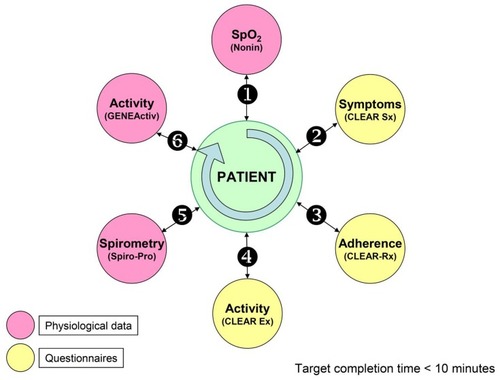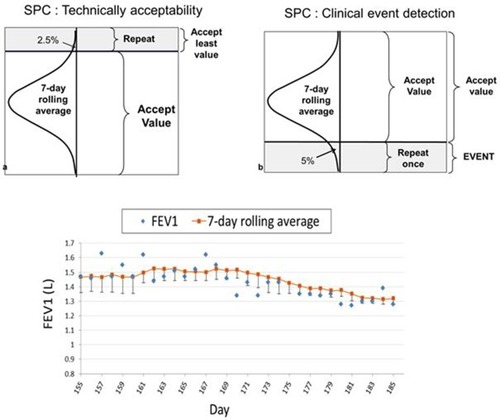Figures & data
Figure 1 Schema for daily remote patient monitoring.

Figure 2 Diagrammatic representation of the statistical process control monitoring algorithm.

Table 1 Baseline Assessments For Subjects Undergoing Remote Patient Monitoring
Table 2 Summary Of Adherence To Each Component Of Remote Monitoring
Table 3 Breakdown Of Adherence To Each Component Of Remote Monitoring
Table 4 Summary Of Subset Daily Adherence Scores
Table 5 Breakdown Of Subset Adherence To Each Component Of Remote Monitoring
